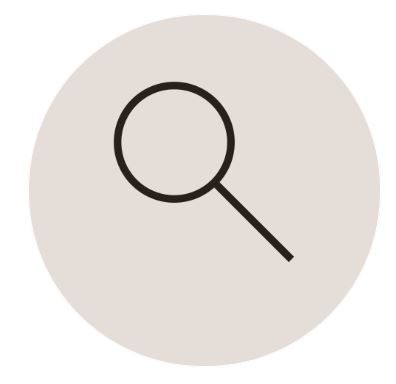The volume of research articles is ever-growing and can be overwhelming. They can be organized in three big groups:
- Primary research: original studies
- Secondary research: literature reviews, secondary analysis
- Other: editorials, program descriptions, guidelines
To recognize research articles, you can look for format and characteristics unique to research. Typically, research articles have the following sections and subsections:
Beginning
Title
Authors
Abstract
Keywords
Body
Introduction
Methods
Results
Discussion
End
Conclusion
References
Funding
Components of a research article
Title
What the article is about. It may include the word “research” or specific study design to help you identify if the article is reporting empirical research. For example, some titles will tell you right away the nature of the study (e.g., a systematic review).
Authors
Includes the authors’ names and their institutions (e.g., universities or hospitals).
Name of the journal
Allows you to verify whether the journal is peer-reviewed, which usually ensures conceptual and methodological quality.
Date of publication
Allows you to identify research currency, as more current research may be more relevant.
Abstract
Summary of the article. The abstract helps you determine whether to read the entire article or not, and is often available for free online. Most scientific journals have a abstract with headings (i.e., introduction, methods, results, conclusions), also called a structured abstract. Non-research articles may have an abstract, but will not discuss the research process.
Keywords
Terms that describe the article. They are provided by the authors, added by librarians or automatically by a computer). You can use these keywords to find related articles.
Introduction
Describes the problem the authors are trying to solve. This section will usually conclude with the specific research question or questions.
Methods
Describes what the authors did: the study design, when, where and how they collected the data, ethics committee approval, and how the data was analyzed.
Results
Focuses on what the results are and not what they mean. The first part of the Results section will often describe the participants (how many and who they were).
Discussion
Includes the interpretation of the results (what they mean) and implications of the study. The authors may connect their findings to earlier work, discuss unexpected findings, study limitations and strengths.
Conclusion
Closes the article, provides overall conclusions and ideas for future research.
References
Citations of sources used by authors, and can help you identify related studies.
Funding information
Identifies who funded the study and helps to identify potential conflict of interest.
Reading an article may take a very long time at first and require reading it many times. As you read, take notes and read critically – do not assume the authors are always correct. Finally, there are different approaches to reading research articles. Some say do not read the abstract; others say to read the title, abstract, and conclusions first. Try different approaches and see what works for you.
Additional resources
Tell us what you think of this page
"*" indicates required fields




